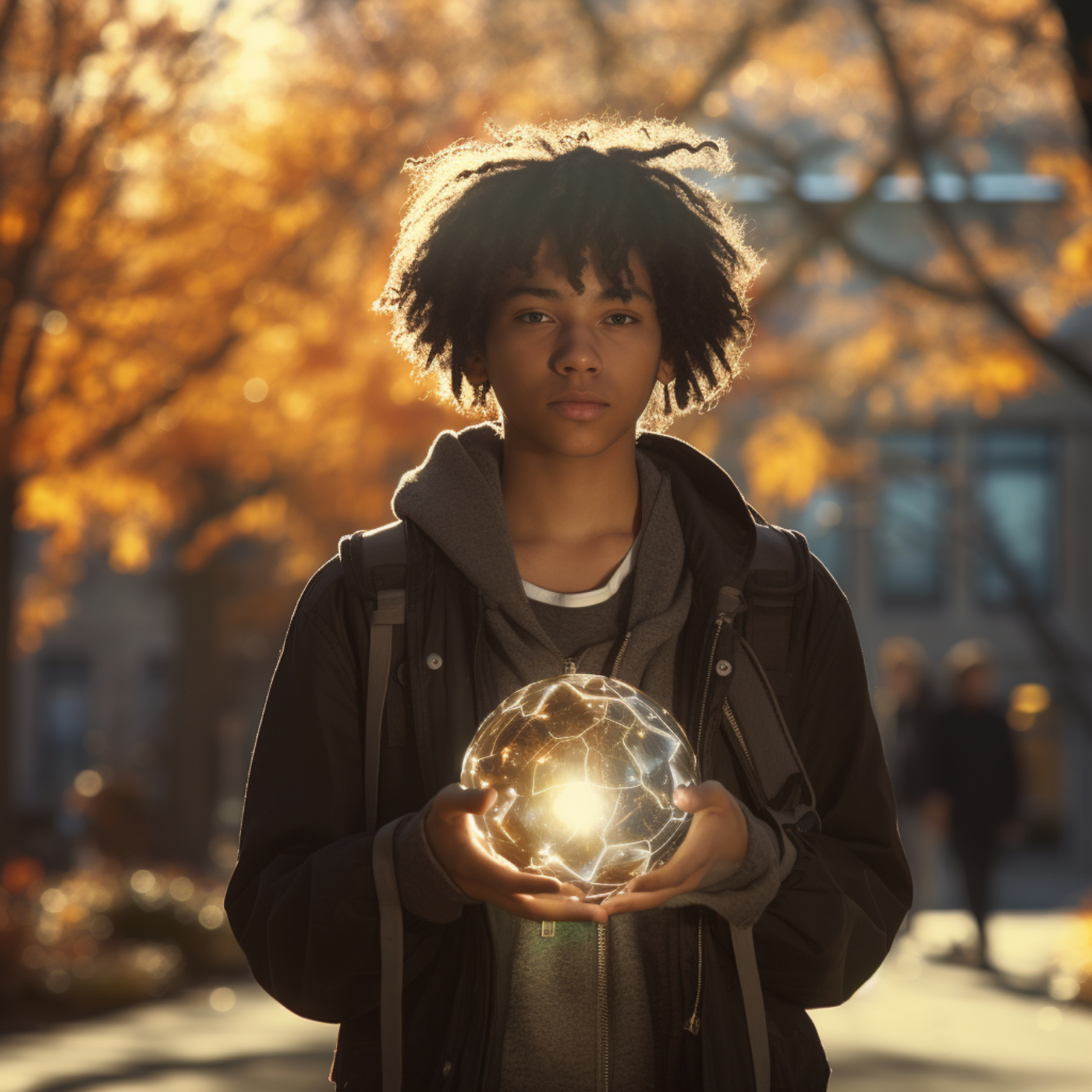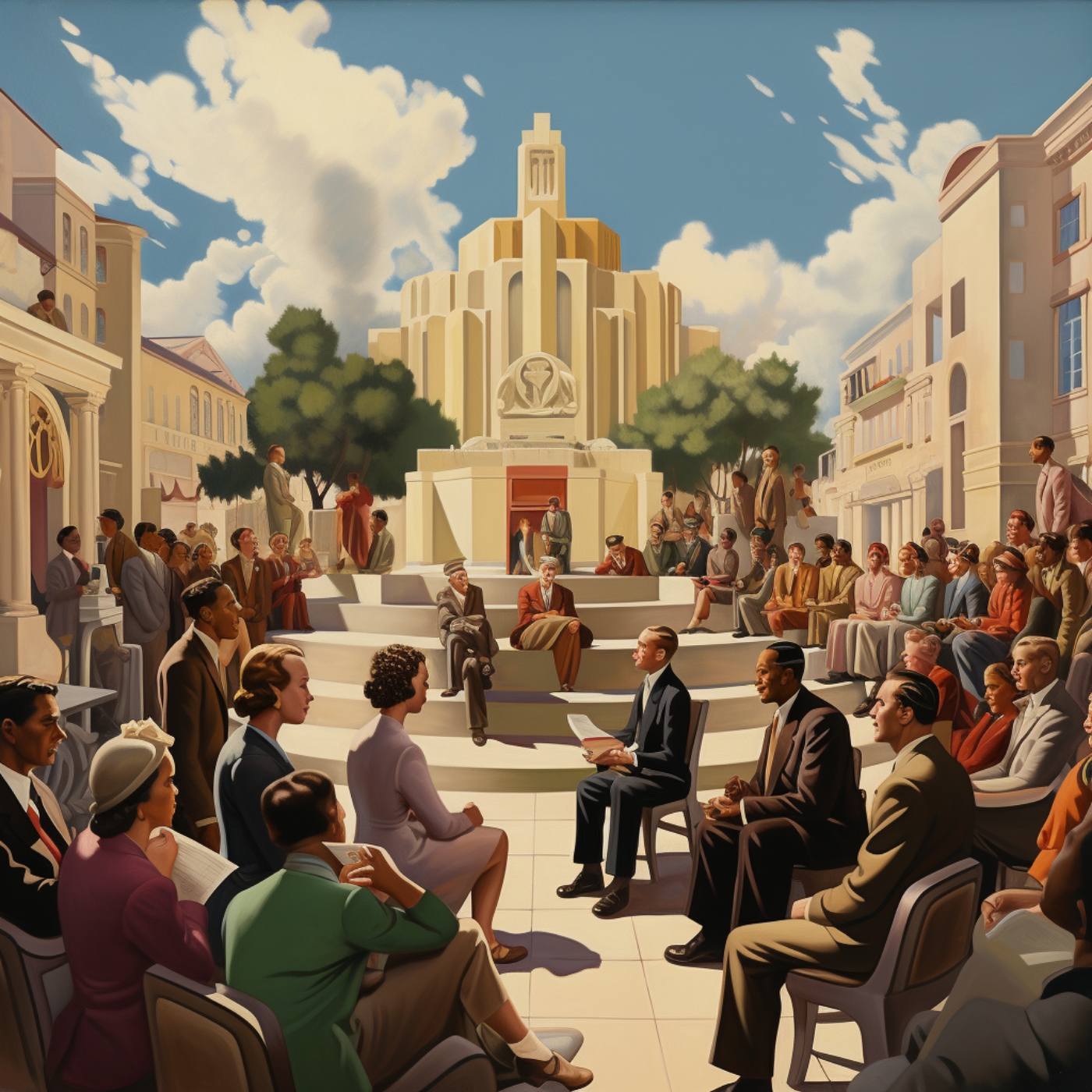 Updates, Events and Resources on Generative Artificial Intelligence
Updates, Events and Resources on Generative Artificial Intelligence
While generative AI offers promising new avenues for enhancing pedagogical approaches and advancing research, we continue to approach its integration with thought and consideration. As we explore its applications, we continue to prioritize the informed engagement of our community. We invite our students, faculty, alumni, and partners to join us in this exploration, ensuring that our approach to AI remains rooted in our collective values and the broader interests of our community.
In March, 2024 McMaster launched an Artificial Intelligence Advisory Committee to serve as a strategic body to guide the university’s endeavours related to AI, with a focus on generative AI, ensuring a holistic approach that encompasses academic, research, and operational perspectives.
Continue to visit this page for news, events, resources and updates on generative AI at McMaster University.
Find Provisional Guidelines for the Use of Generative AI in Teaching and Learning at this link.
Find Provisional Guidelines for the Use of Generative AI in Operational Excellence at this link.
*To demonstrate possibilities, all images on the Generative AI webpage were created using Midjourney – prompts in the alt-text

What is generative artificial intelligence?
Generative AI is a type of artificial intelligence that uses machine learning to generate new content by analyzing and processing vast amounts of data from diverse sources. Generative AI tools can generate text, images, video, sound, and code. Different tools are trained on different datasets and with different training methods. The generated responses of these tools are probabilistic, which can result in errors in responses. OpenAI’s ChatGPT is a chatbot created on the foundational models of GPT 3 or GPT 4. There are many other generative AI tools, including Microsoft’s Copilot, Midjourney, Anthropic’s Claude and more. You can learn more about generative AI tools, including privacy considerations at this link.
What are some of the limitations or risks with generative AI?
While the innovation and creativity of generative AI is exciting, these systems do not come without limitations or ethical challenges. Some of these challenges speak to the specifics of the post-secondary context – like academic integrity – while others intersect with communities, the environment, and humanity as a whole.
With many of the available generative AI tools the tools may produce incorrect or biased responses. For many there are considerations around privacy and the use of personal data. In all cases we encourage members of the campus community to use these tools with caution and care.
Information Box Group

Generative AI Tools and Prompts Learn More
There are many generative AI tools available and a lot to consider if you are going to use one in your teaching, research or work. While McMaster does not endorse any one generative AI tool, this page gives an overview of some common generative AI tools, as well as an introduction on how to prompt effectively.

AI Advisory Committee Learn more about the AI Advisory Committee
Review the AI Advisory Committee and AI Expert Panel Terms of Reference and priority projects

Academic Integrity and Generative AI Learn More
As use of generative artificial intelligence increases, educators, administrators, students and staff at post-secondary institutions want to use these tools responsibly and in line with the pursuit of knowledge. Here we offer resources specific to supporting academic integrity at McMaster in the context of generative AI.

Generative AI and Privacy Learn More
While specific tools will have unique privacy and security considerations, there are some broad risks associated with these tools to be aware of before you use them. This page offers a review of some of the privacy risks and considerations with using generative AI tools.
Information Box Group
We welcome questions or feedback







